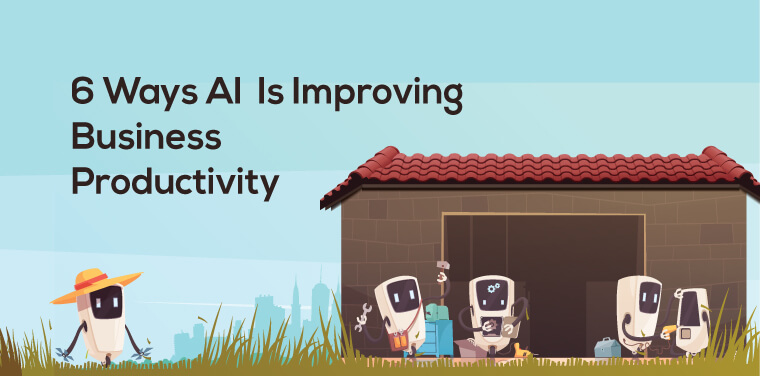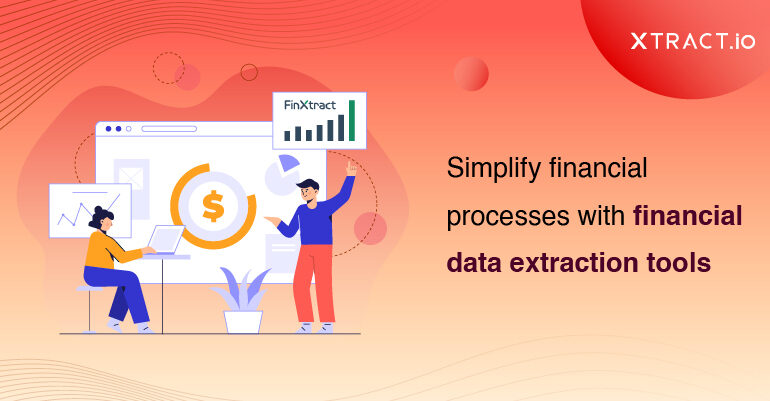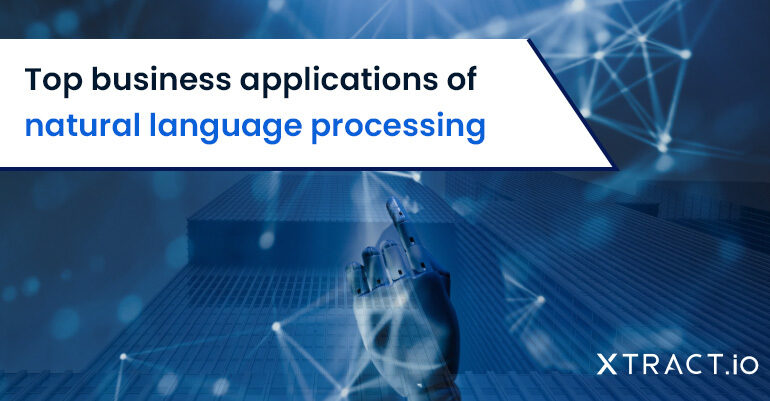Organizations around the globe are learning how to use artificial intelligence (AI). Some estimates suggest that nearly 50 percent of all businesses have already integrated some kind of AI tool into standard processes — a number of experts expect it to increase as workers continue to find new ways to apply the technology.
Companies already use AI tools for a variety of purposes. Here are six ways that organizations are combining AI and business productivity.
1. AI-Assisted Onboarding
Onboarding is an essential step in bringing employees into an organization that ensures that they have the tools, knowledge, and contacts necessary to get their jobs done. Onboarding can eat up a lot of time — especially when the staff needed for the process have other responsibilities.
HR processes are getting highly streamlined and simplified through applications of big data, predictive analytics, and artificial intelligence.
With AI, it’s possible to completely automate many steps in the onboarding process. An AI onboarding tool can provide information, and walk- through the basics of the tools and platforms the employees will be using, and intelligently answer questions about their work.
These training systems don’t require staff to operate, which means that onboarding can happen anytime and anywhere — employees can be off-site and awake at midnight when no one is in the office, and still receive the training they need to get started.
2. Predictive Maintenance
Predictive maintenance applies the pattern-finding powers of AI to machine data, analyzing sets of information about temperature, machine timing, and vibrations to determine when a piece of equipment is about to fail.
With this data, businesses can schedule maintenance, avoiding damage to equipment, and preventing costly downtime while also reducing the risk of accidents that can be caused by machine failure.
Some advanced predictive maintenance systems can automatically shut down machinery that’s about to stop working, eliminating the risk of further damage and possibly reducing downtime.
3. AI-Powered Business Reporting and Analysis
One of the biggest strengths of AI is its ability to find subtle patterns in massive data sets — which makes AI an excellent tool for business reporting and analysis.
The developers of modern business intelligence, reporting, and corporate performance management tools are beginning to integrate AI and relevant technology — like big data analytics, and IoT — into their platforms.
Typically, these developers have done so in a way that hasn’t made these tools any harder to use. For example, Microsoft added natural language processing features to their Power BI so that performing an advanced analysis can be as simple as making a request, like “top-performing products by sales revenue.”
This concept means that, for many businesses, additional IT staff or tech-savvy workers won’t be necessary — even employees without backgrounds in AI or big data analytics will be able to use these tools.
4. Automating IT and Security
One survey of more than 800 companies found that the number-one use of AI among businesses was automating tedious security processes, like detecting and deterring network intrusions.
At a time when cybersecurity professionals are in great demand, companies need their security practices to be as efficient as possible if they want to keep their networks safe. Advanced AI security tools can work alongside IT and staff, automating simple tasks and providing data that can reduce the cybersecurity team’s total workload and help them keep company data secure.
5. Chatbots and Customer Service
Live chat has the highest rate of satisfaction of any customer service channel, with 73 percent of customers feeling satisfied after receiving support through live chat, compared to 63 percent for email and 44 percent for phone calls.
As a result, it’s critical for businesses to always have someone at the ready to talk with customers.
Businesses can use AI-powered chatbots to field basic questions automatically, collect info like account numbers and direct customers to specialists when needed — freeing up customer service reps to tackle the most critical issues. Most importantly, these chatbots don’t need to take a break, meaning they can provide 24/7 access to help, even when a human customer service rep wouldn’t be available.
Advanced chatbots can even analyze the conversations they have with customers so that when a person speaks to a representative, the company already has a significant amount of info — like what the customer needs and even how they’re feeling.
With this data, customer service reps know which visitors are most likely to convert and which are most likely to cancel a purchase. This set-up provides reps with better data about who’s calling, allowing them to direct their attention to the people whose needs are most urgent.
6. Corporate Training
AI-based corporate training tools can keep team members sharp — without cutting into productivity and requiring specific staff to be available.
These tools use AI-powered features, like adaptive lesson plans and natural language processing tools, that can intelligently break down and answer employee questions and train staff without the need for individual instruction.
AI corporate training offers similar benefits to AI-powered onboarding tools. With AI, corporate training can happen at any time, no matter where a team member is. Whether en route to a meeting, in another country or working from home, an employee can still get the training they need.
Improving Business Productivity With AI
How can businesses increase productivity? AI is providing huge boosts at places where it’s adopted. These organizations are using the technology for a range of different tasks — including predicting when machines will need maintenance, automating onboarding and improving their business analysis.
It’s likely that in the future, as AI becomes even more widely adopted, businesses will find new ways to further improve productivity.







